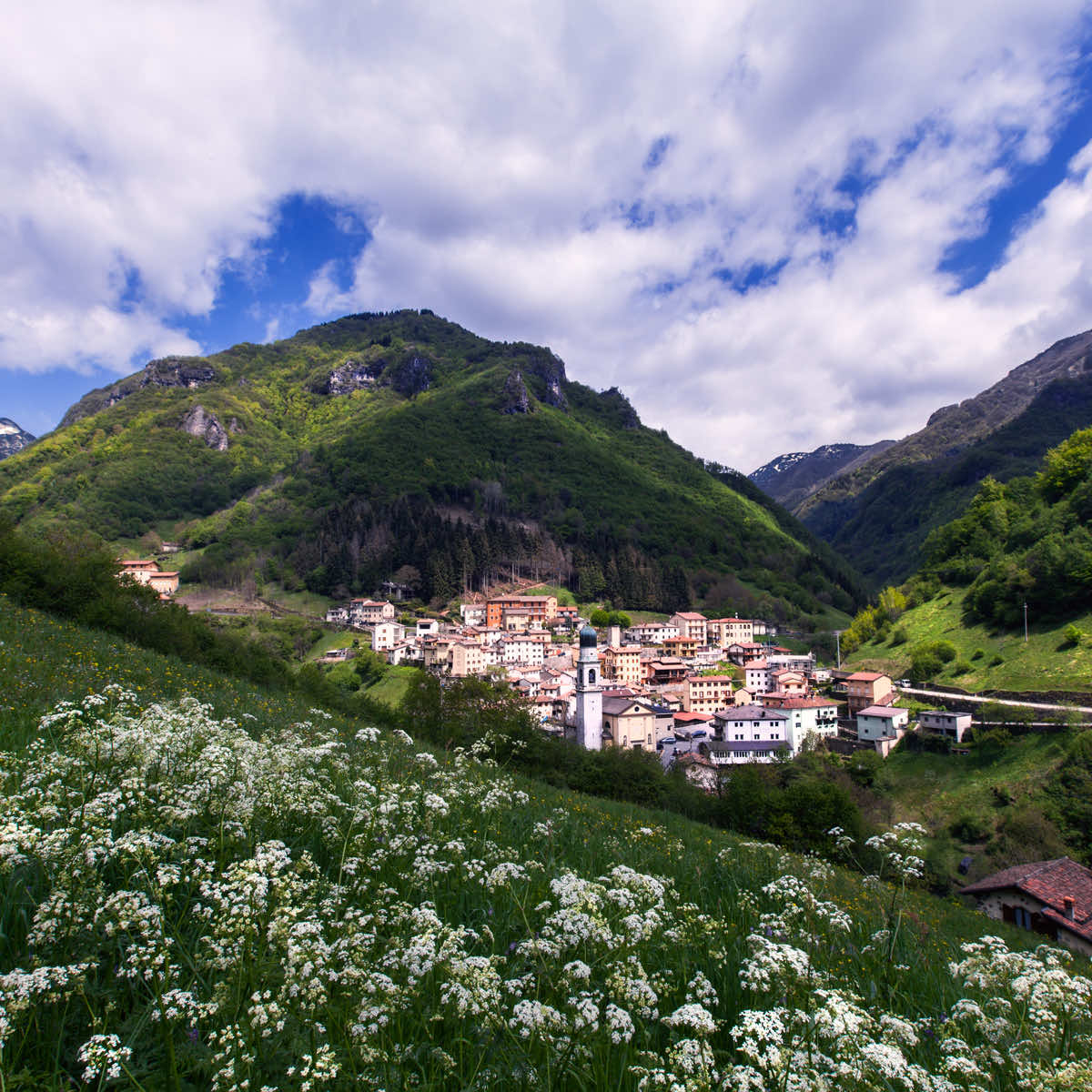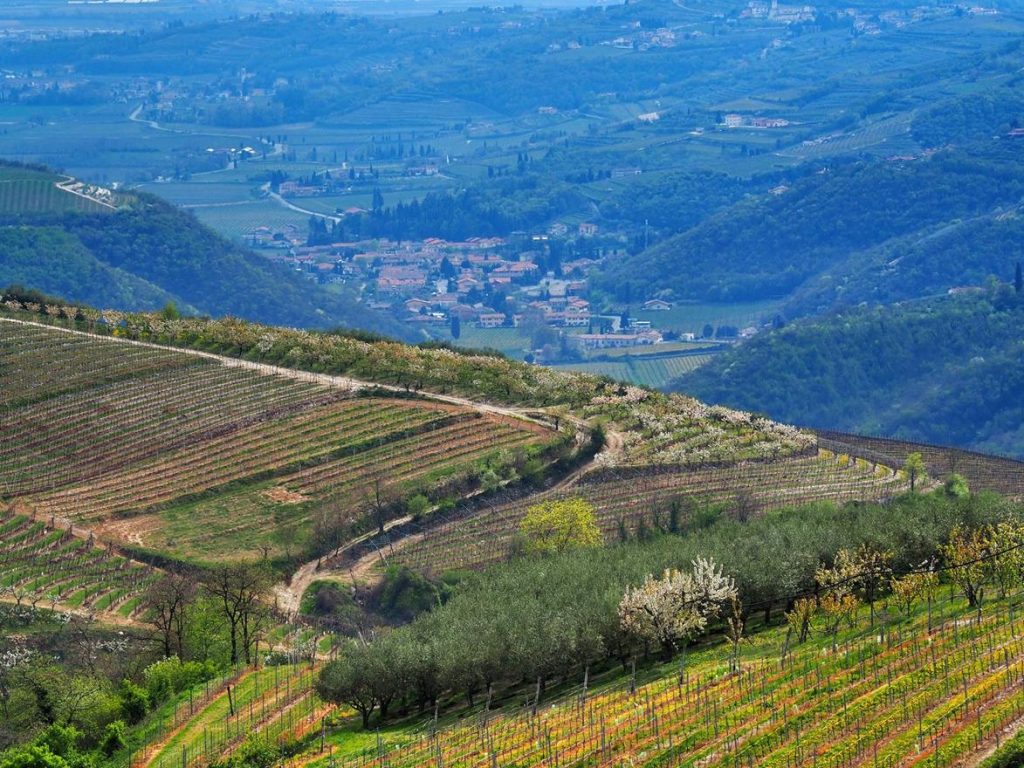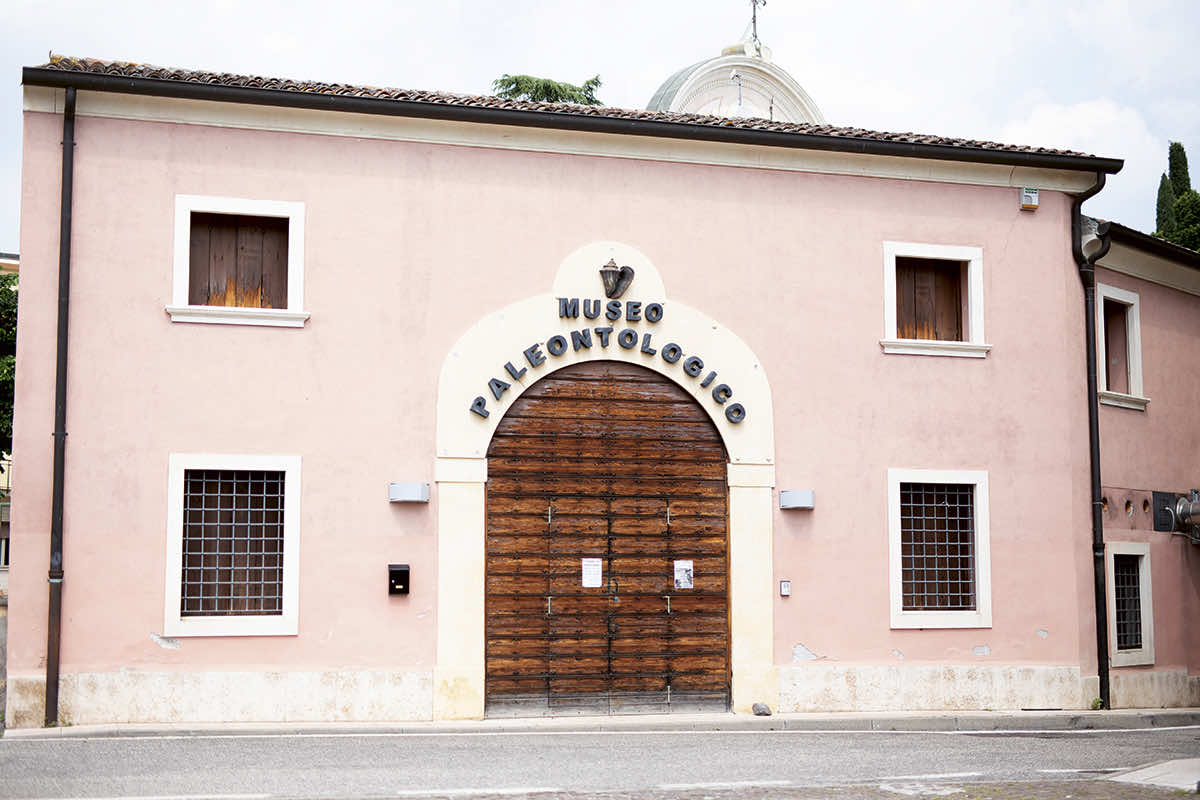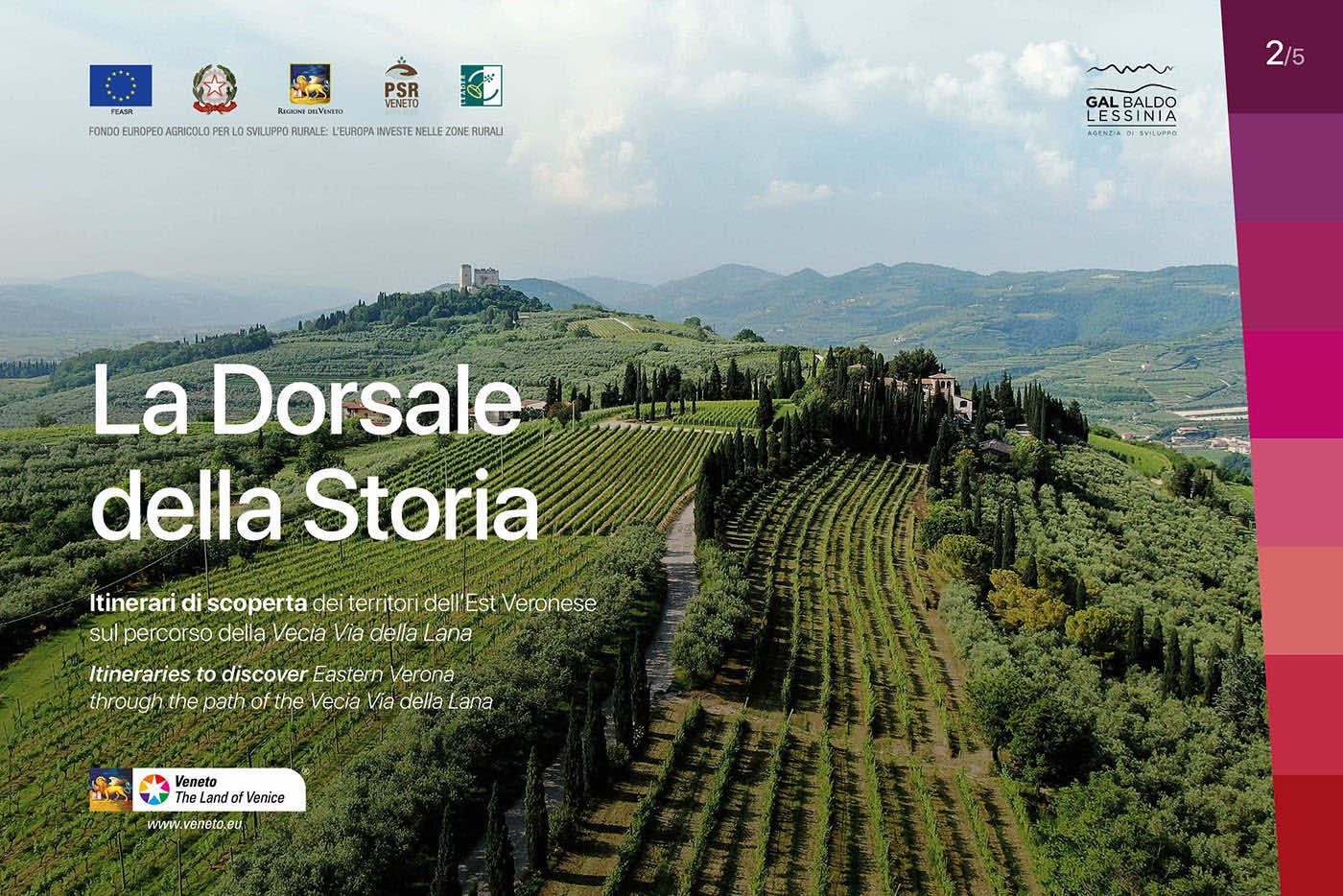THE TERRITORY
A ridge from Lessinia to the plains
Selva di Progno
A small municipality at the end of the Val D'Illasi, Selva di Progno is the gateway to Lessinia. From its hamlets of Giazza, Campofontana and San Bartolomeo delle Montagne, beautiful hikes depart into the eastern Lessinia. Selva di Progno is also the home of the Centro di Cultura Cimbra di Giazza (Cimbrian Culture Centre of Giazza), which has the task of preserving this ancient civilisation, but also of the Trombini di San Bortolo, who have a beautiful museum in the small hamlet.
To find out more visit the dedicated section on the IAT East Veronese website and the Living' section on the website of the municipality of Selva di Progno.


Badia calavena
An ancient monastic centre in the Val d'Illasi, Badia Calavena is attested by an inscription from 1040, currently on display in the courtyard of Juliet's Tomb in Verona, which mentions the construction of a castle by the Bishop of Verona Walterio da Ulma (1037 - 1055) on Monte di San Pietro, a hill overlooking the present town.
This building complex, consisting of the castle proper and the adjoining Church of San Pietro Apostolo, became the home of German monks of the Order of St. Benedict, turning into the small monastery so mentioned in a document of lease rules of 1133 and in a papal seal of Eugenius III of 1145, where the 'Monasterium Sancti Petri de Calavena' is clearly mentioned. The Abbey was called 'della Calavena' because it was built in the part of the valley known as 'Calavena'. The name of the town below (today's main town) derives from this 'Badia della Calavena'.
To find out more visit the dedicated section on the IAT East Veronese website and the Living' section on the website of the municipality of Badia Calavena
tregnago
Archaeological finds attest to the presence of human settlements in Tregnago since prehistoric times, inscriptions and objects from the Roman era take us back to a time when it was a rather populous village.
In the Middle Ages, the pieve of San Martino and of Santa Maria played an important role in the aggregation of the community, while remaining linked to the history of the monastery of San Pietro, Vito and Modesto of Badia Calavena. The Tregnago Castle, which dominates the town and comes to life thanks to the important cultural event 'Medievalia', dates back to this period.
There are also numerous villas and dominical residences, built in later centuries, that line the town, such as Villa Pellegrini, Cavaggioni, Cipolla and Ferrari di Spade; no less important are the fountains, wash-houses and capitals, which still represent an important historical and cultural testimony.
To find out more visit the dedicated section on the IAT East Veronese website and the Living' section on the website of the Municipality of Tregnago


cazzano di tramigna
Cazzano di Tramigna is distant almost 23 km from Verona. To reach it, take the A4 Brescia - Padua motorway and exit at the Soave - San Bonifacio tollbooth (about 10 km from Cazzano); then follow the signs for Cazzano di Tramigna (provincial road 37/a 'dei ciliegi').
The Roman presence in the valley is attested by epigraphs and even some place names: one example is Monte Sensenigo (from Cercenicus). After the Roman presence, silence fell; the presence of the Longobards was probable (hypothesis of the double parish - Catholic and Arian - of Illasi), which can also be deduced from the choice of San Giorgio as patron saint (the Longobards had a particular devotion to 'warrior' saints). We have to wait until the early 19th century to see the Cazzano area involved in a great drama such as the Napoleonic wars: the episode that most affected Cazzano was in 1809 when a battle took place in the Val Tramigna, which ended with the victory of the Austrians. The political changes that affected Verona were also recorded for Cazzano, which remained Austrian from 1814 to 1866, the year in which Veneto passed to the Kingdom of Italy.
To find out more visit the dedicated section on the IAT East Veronese website and the Living' section on the website of the Municipality of Cazzano di Tramigna
illasi
Illasi rises in the valley of the same name, also called Longazeria or Valle del Progno or Valsecca in other times, and cuts northwest-southeast through the Monti Lessini complex.
Illasi is a beautiful town known for its great wines and the beauty of its villas. From its castle, to the medieval parish churches, to the hills embroidered with vines and olive trees, the landscape offers unforgettable views.
The Pompei, a family of the Veronese nobility from which valiant condottieri also emerged, administered Illasi from the 16th century until the Napoleonic era, leaving their mark in two splendid villas, which are Villa Pompei now Carlotti and Villa Perez - Pompei Sagramoso.
To find out more visit the dedicated section on the IAT East Veronese website and the Living' section on the website of the municipality of Illasi


Soave
Soave and its castle are the symbol of the East Veronese destination. Its unmistakable silhouette stands out against the vine-covered hills of Soave, a GIAHS-FAO heritage site.
Soave is a walled medieval town and its history can be felt in every stone. A culturally active town, Soave offers experiences for everyone all year round.
To find out more visit the dedicated section on the IAT East Veronese website and the sezione “Itinerari” on the website of the Municipality of Soave
Monteforte d'alpone
Monteforte d'Alpone is the town that opens the door to the Val d'Alpone and is recognisable by its imposing bell tower that towers over the historic centre. Considered the municipality with the highest wine-growing density in Italy, it is the starting point for numerous paths through the Soave vineyard hills, a GIAHS-FAO heritage site. The cultural heart of the town is the Bishop's Palace, a fine example of 15th-century architecture.
To find out more visit the dedicated section on the IAT East Veronese website and the Living' section on the website of the Municipality of Monteforte d'Alpone


Roncà
A hill town of very ancient origins, with an agricultural and industrial economy. The territory, crossed by several streams, offers a hilly landscape of unquestionable charm, with more accentuated altimetrical variations in the northern part, where Monte Calvarina reaches 682 metres. Among the historical-architectural testimonies are: the parish church, dedicated to Santa Maria Annunciata and built at the end of the 19th century; the church of Santa Margherita; the 14th-century church of Terrossa and the oratories of San Zeno and Santo Redentore.
To find out more visit the dedicated section on the IAT East Veronese website and the Living' section on the website of the Municipality of Roncà

Download PDF brochure
All itineraries, technical information, insights and points of interest on La Dorsale della Storia and the Vecia Via della Lana.


